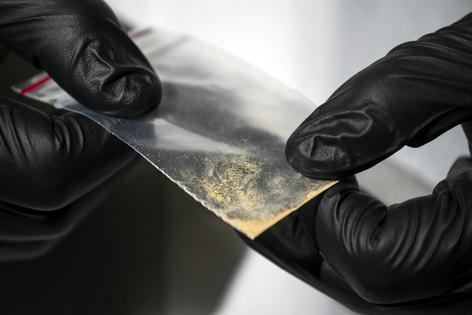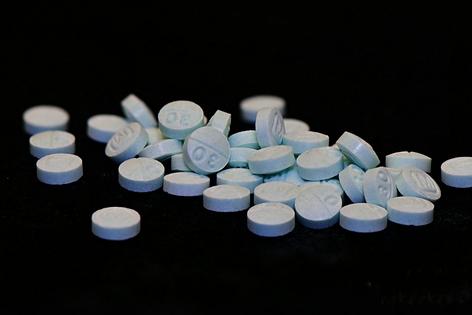Nitazenes found in 5 overdose deaths in Philly – here’s what they are and why they’re so deadly
Published in Health & Fitness
The Philadelphia Medical Examiner’s Office found that nitazenes, a synthetic opioid up to 40 times more powerful than fentanyl, were connected to at least five overdose deaths in Philadelphia in the past two years.
The nitazene deaths are just a small part of a much bigger problem. A record 1,413 people died from overdoses on illicit drugs in the city in 2022, the latest year for which complete data is available. The vast majority involved other forms of opioids, including heroin, fentanyl and xylazine, also known as “tranq.”
The Conversation interviewed Dr. Christopher Holstege, a professor of emergency medicine and pediatrics at the University of Virginia School of Medicine and director of the Blue Ridge Poison Center, about this emerging threat. He explains what nitazenes are and why they’re so deadly.
Nitazenes are a class of synthetic opioids that contains more than 20 unique compounds, including isotonitazene, which was first identified in 2019 and is known on the streets as ISO. It also includes protonitazene, metonitazene and etonitazene.
Nitazenes are psychoactive substances, or “designer drugs,” that aren’t controlled by any laws or conventions but pose significant health risks to the public. These substances have recently surfaced as illegal street drugs.
Researchers have relatively little information on how the human body reacts to nitazenes because the drugs have never gone through clinical trials. But lab tests show certain nitazenes could be hundreds to thousands of times more potent than morphine and 10 to 40 times stronger than fentanyl.
The U.S. Drug Enforcement Agency has classified many formulations of nitazenes as Schedule 1 drugs under the Controlled Substances Act, meaning they have no medical use and have a high risk of abuse.
Nitazenes were initially developed in the 1950s by the pharmaceutical research laboratories of the Swiss chemical company CIBA Aktiengesellschaft. It synthesized numerous substances in the drug class to be used as painkillers.
However, nitazenes were never approved by the U.S. Food and Drug Administration for medical use in humans. They were nearly forgotten outside of specialized research circles until they reemerged as street drugs in 2019. As law enforcement has cracked down on other drugs such as fentanyl, illegal labs have used historical pharmacology research to formulate analogs of nitazenes as street drugs.
Since 2019, at least six formulas have come from the original patent, but others, are brand new. Specialized lab testing is required to identify nitazenes in toxicology samples, and fentanyl test strips can’t detect nitazene analogs.
...continued











Comments